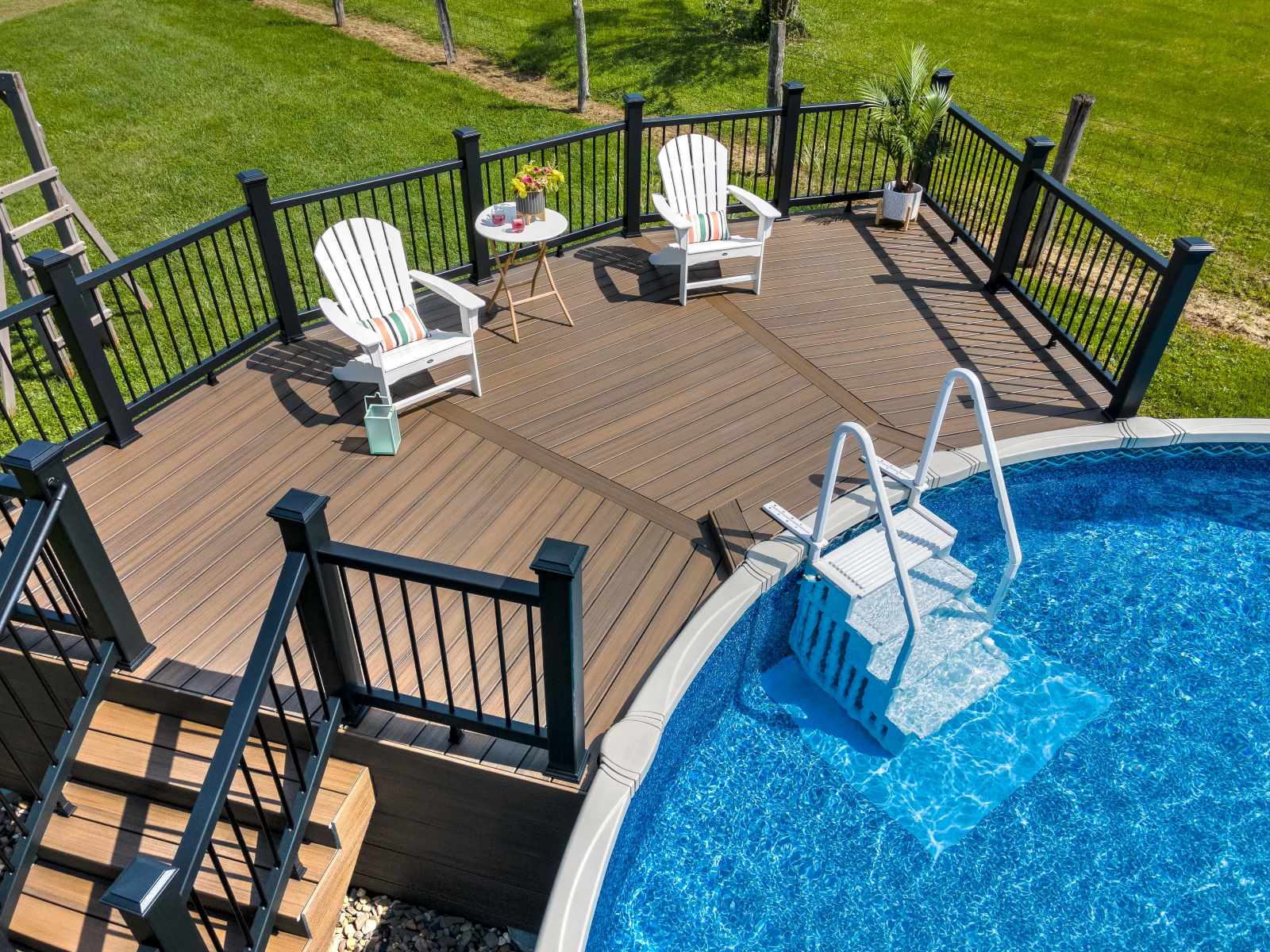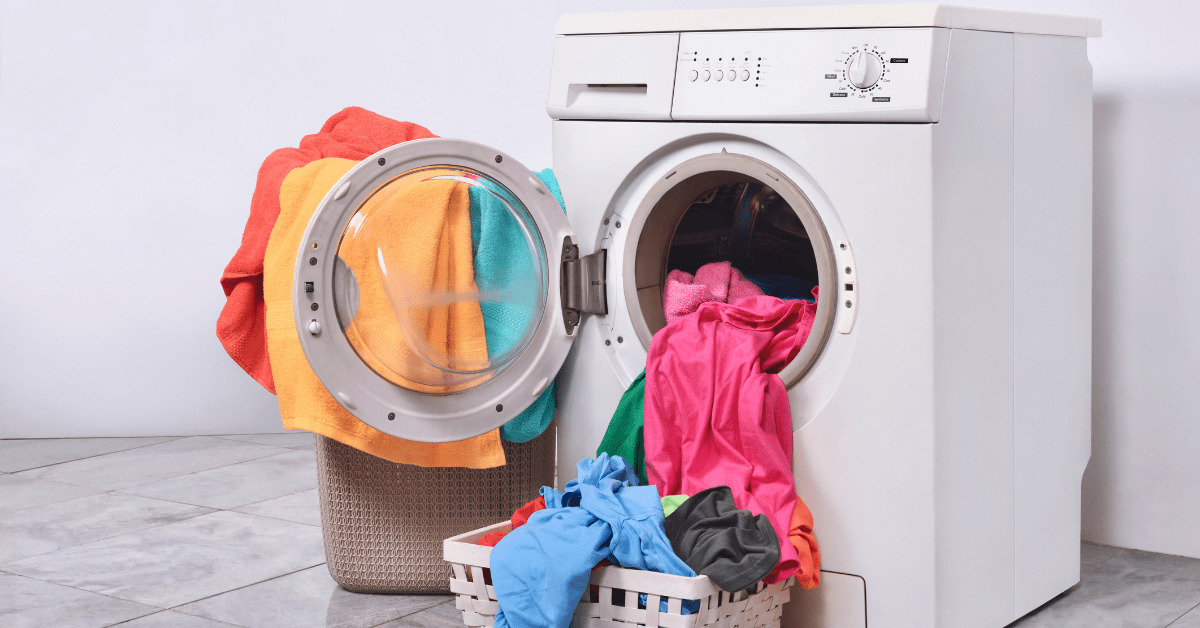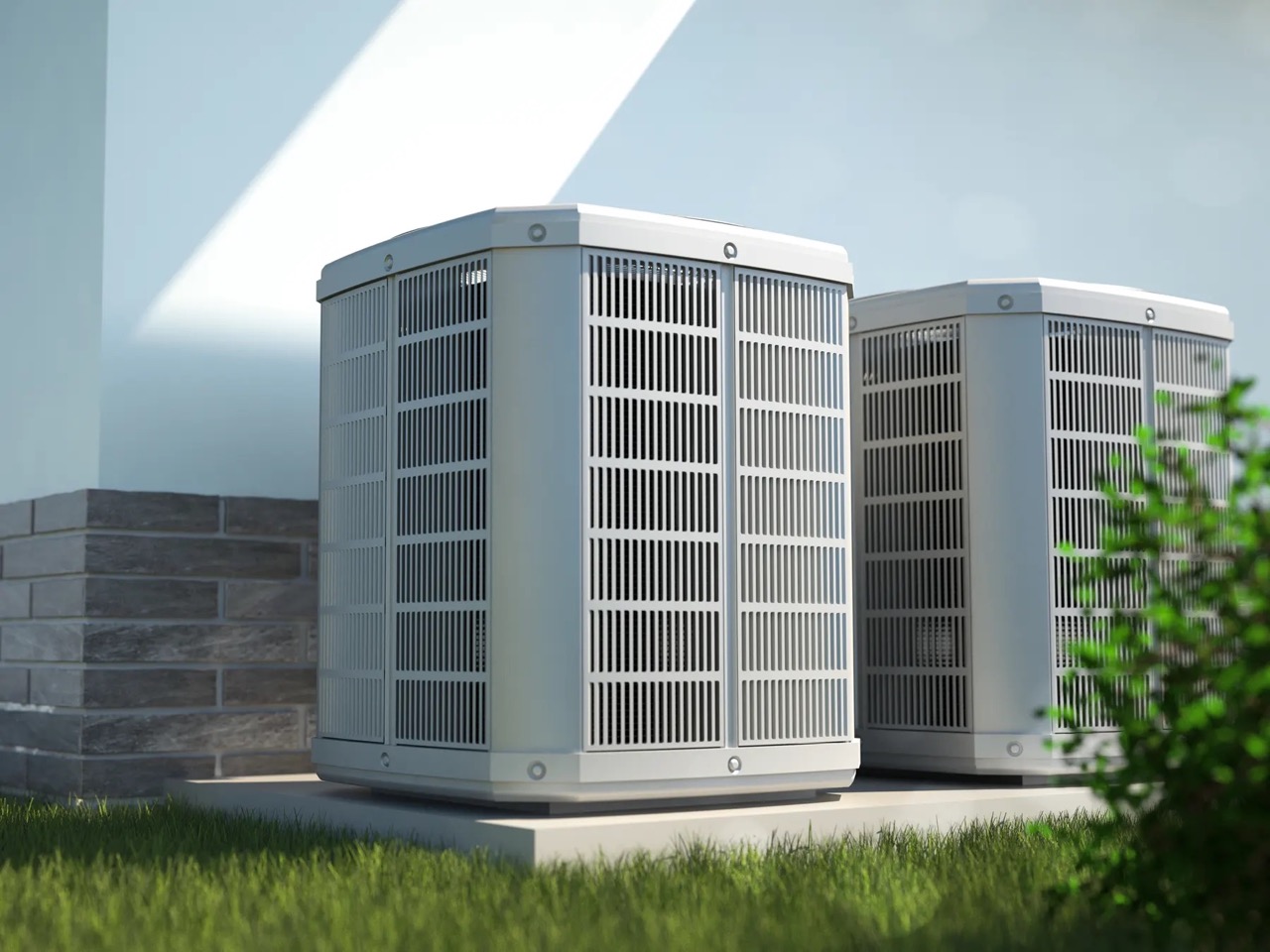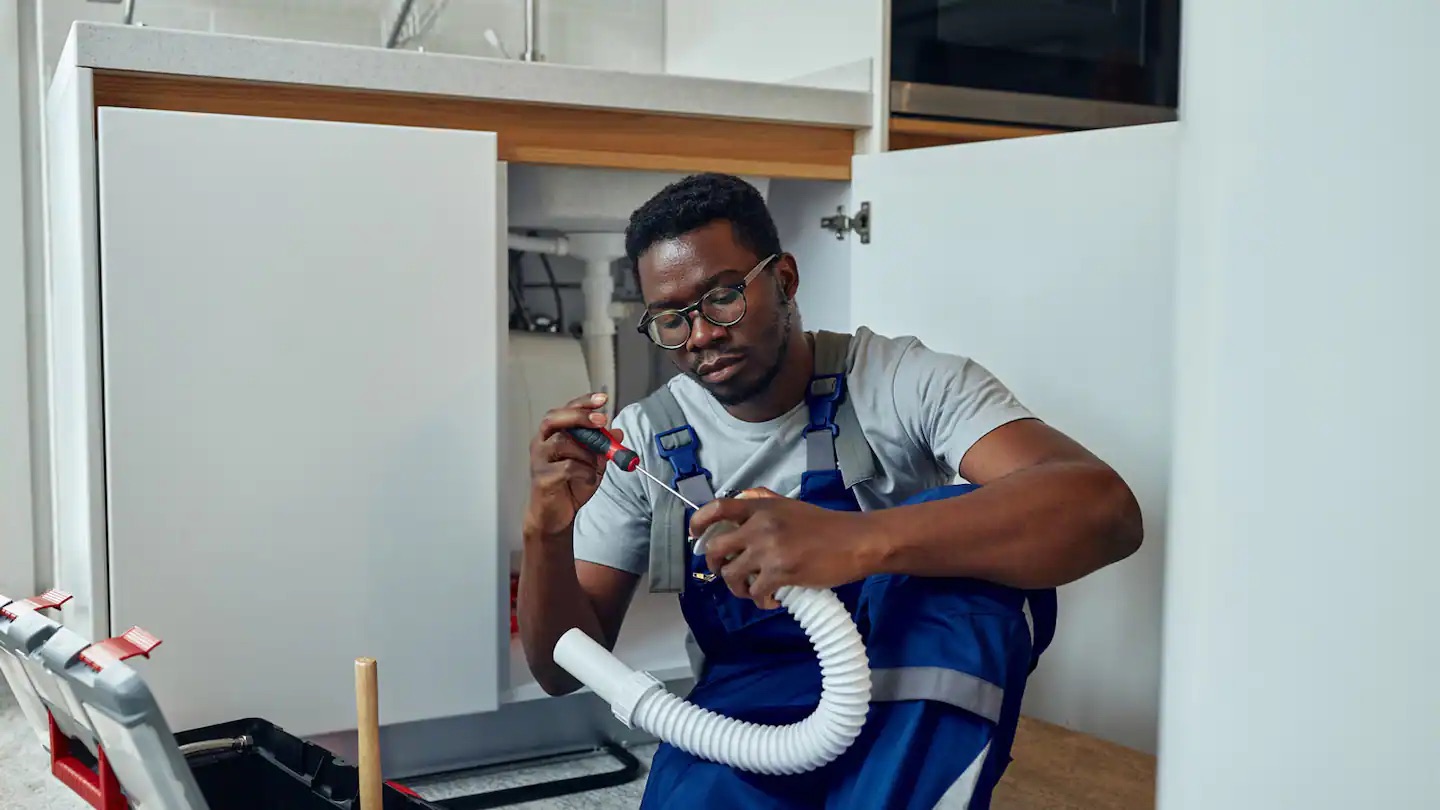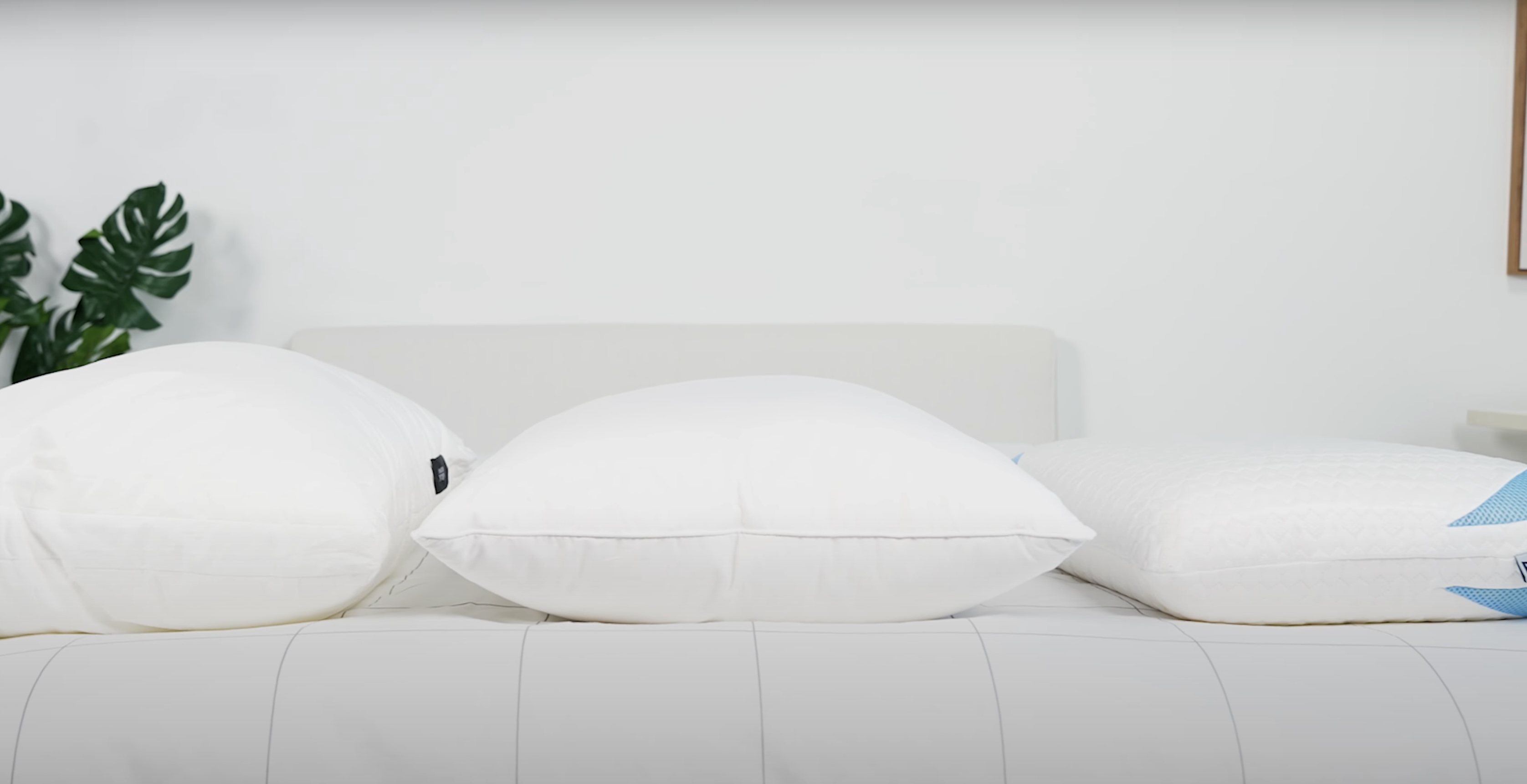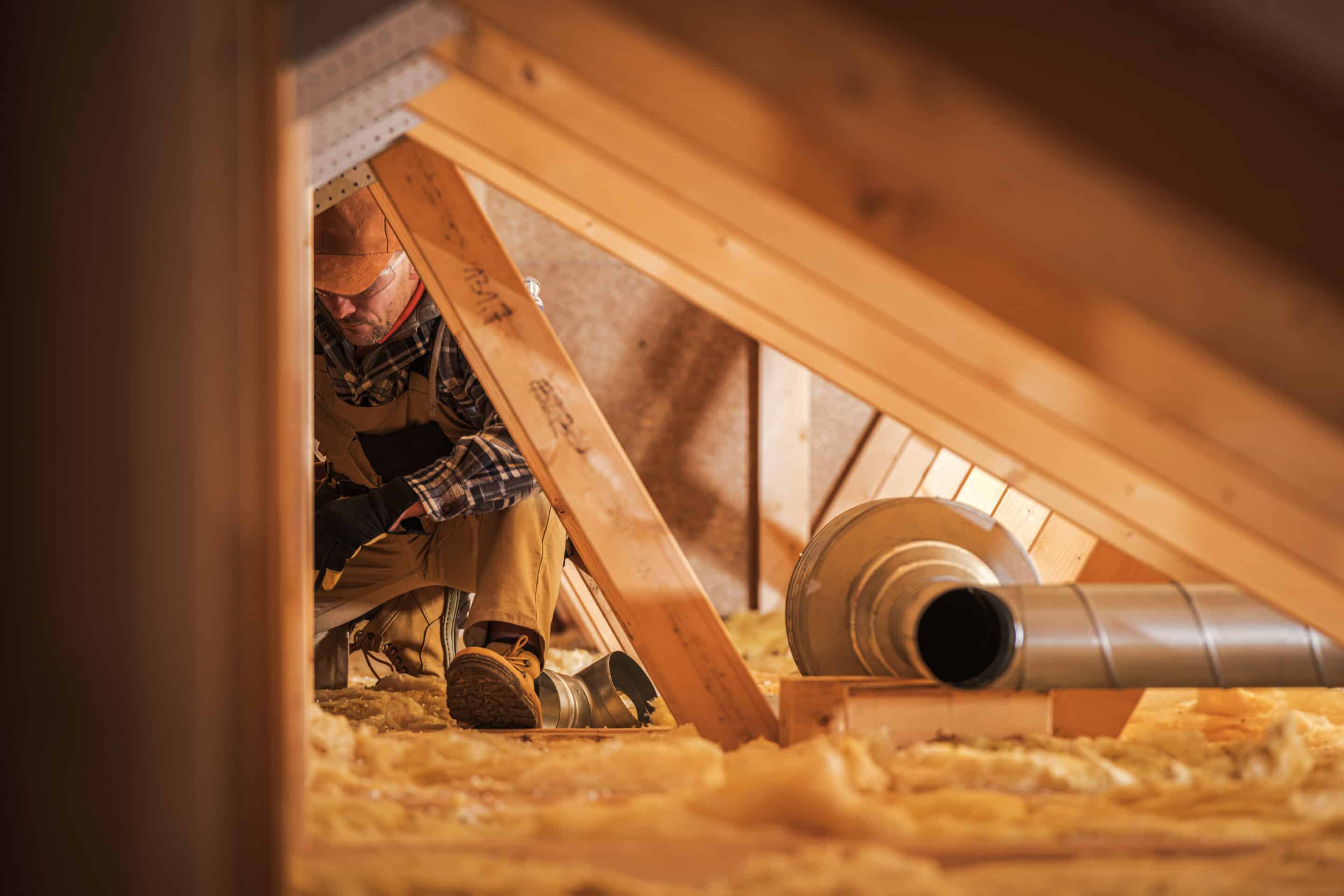Home>Home Maintenance>The Importance Of Ventilation In Maintaining A Healthy Indoor Environment
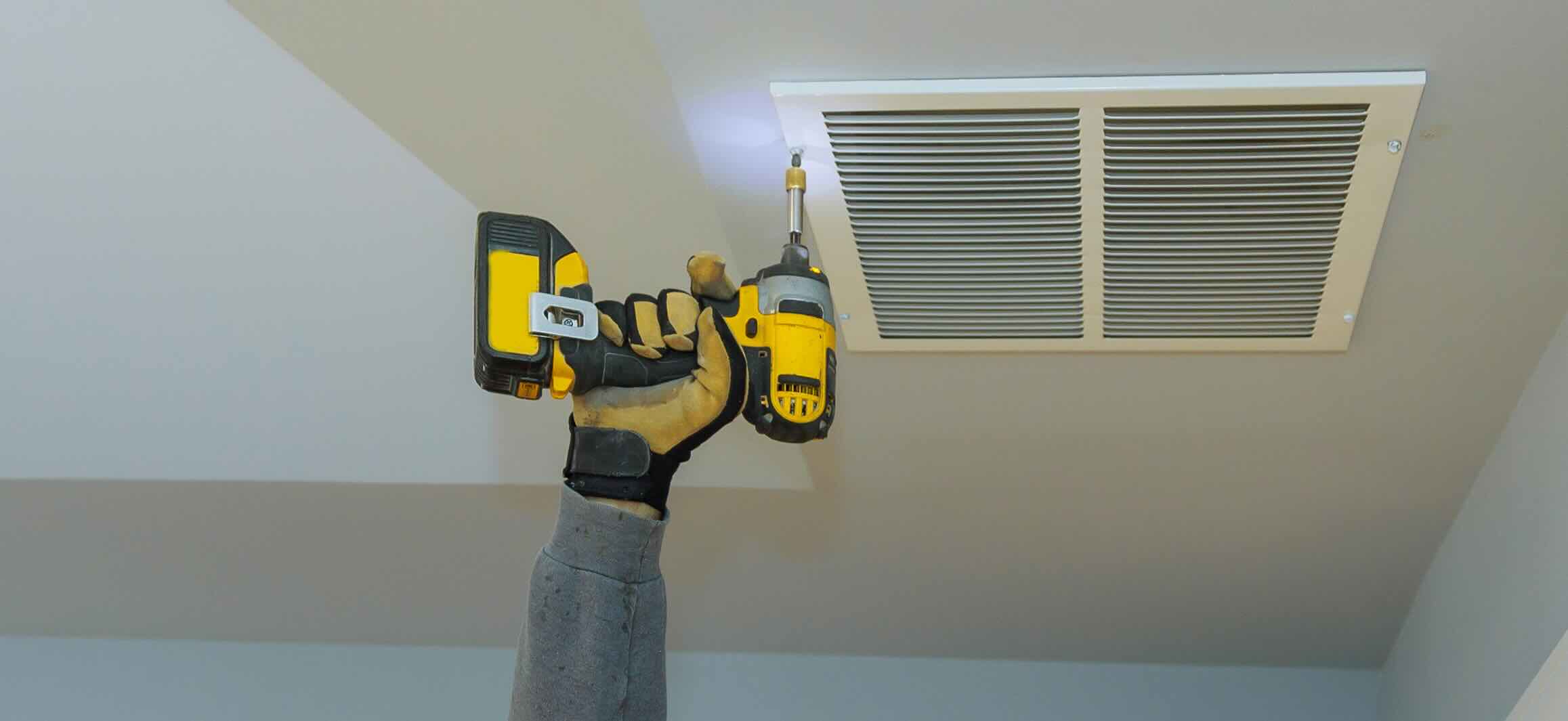

Home Maintenance
The Importance Of Ventilation In Maintaining A Healthy Indoor Environment
Modified: March 6, 2024
Are you experiencing watery eyes and a runny nose when shopping in big department stores? The culprit could be faulty ventilation systems. Learn how proper home maintenance can alleviate these issues.
(Many of the links in this article redirect to a specific reviewed product. Your purchase of these products through affiliate links helps to generate commission for Storables.com, at no extra cost. Learn more)
Introduction
When we think of shopping in big department stores, we often envision a bustling and exciting experience filled with endless aisles of merchandise. However, for some individuals, this otherwise enjoyable activity can be accompanied by discomfort and inconvenience. Have you ever noticed your eyes watering or your nose running uncontrollably while browsing through the aisles? If so, you may be experiencing the effects of poor ventilation systems in big department stores.
Ventilation plays a crucial role in maintaining a comfortable and healthy environment within any building, including department stores. It involves the exchange of indoor and outdoor air, ensuring adequate airflow and the removal of pollutants and allergens. Unfortunately, many big department stores often neglect this essential aspect, leading to a variety of ventilation system problems.
In this article, we will explore the common issues associated with ventilation systems in big department stores. We will also discuss the allergic reactions and symptoms triggered by poor ventilation and offer solutions to improve the air quality and overall shopping experience.
So, grab a cup of coffee, get comfortable, and let’s dive into the world of department store ventilation problems.
Key Takeaways:
- Poor ventilation in big department stores can cause discomfort and health issues for shoppers due to allergens and pollutants. Regular maintenance, improved filtration, and increased fresh air intake are essential for a healthier shopping environment.
- Allergic reactions like sneezing, eye irritation, and asthma attacks can be triggered by poor ventilation. Upgrading ventilation equipment and educating staff and shoppers can create a more enjoyable shopping experience.
Read more: Why Is Grass Important To The Environment
Understanding the issue
To fully comprehend the impact of ventilation system problems in big department stores, it is essential to understand the role of ventilation in maintaining a healthy indoor environment. Ventilation serves multiple purposes, including diluting and removing indoor air pollutants, controlling temperature and humidity levels, and providing fresh air for occupants.
Unfortunately, many big department stores struggle to maintain efficient ventilation systems due to various factors. These factors may include outdated infrastructure, improper maintenance, inadequate design, or simply a lack of awareness regarding the importance of proper ventilation.
One common issue is the lack of fresh air exchange. In some cases, department stores rely heavily on recirculated air, which means that the same air is continuously circulated throughout the building without being replaced with fresh outdoor air. This recirculation can lead to a buildup of pollutants, including dust, allergens, and chemicals, resulting in poor indoor air quality.
Moreover, ventilation systems in big department stores may be poorly designed, leading to inadequate airflow. Inadequate airflow can lead to stagnant air pockets, especially in larger sections of the store where air movement may be limited. These stagnant areas become a breeding ground for allergens and pollutants, exacerbating the discomfort and health issues for shoppers.
Another issue is the improper filtration of air. Ventilation systems should be equipped with high-quality filters that can effectively trap and remove particles and contaminants. However, due to negligence or cost-cutting measures, some department stores may use subpar filters or neglect to replace them regularly. This can result in a higher concentration of airborne pollutants, triggering allergic reactions and other respiratory issues in sensitive individuals.
Understanding the various issues associated with poor ventilation systems in big department stores is crucial in finding effective solutions. In the next section, we will explore the allergic reactions and symptoms often triggered by these ventilation issues, shedding light on the discomfort experienced by unsuspecting shoppers.
Common ventilation system problems in big department stores
Ventilation system problems can significantly impact the air quality in big department stores, leading to discomfort and health issues for shoppers. Let’s delve into some of the most common ventilation problems encountered in these establishments:
1. Insufficient airflow: Inadequate airflow results in stagnant air pockets, particularly in larger sections of the store where air movement may be restricted. This can lead to the accumulation of dust, allergens, and pollutants, causing respiratory distress and discomfort for shoppers.
2. Improperly designed ductwork: Inefficient ductwork design can impede the distribution of air throughout the store. Irregular air distribution creates hotspots and cold spots, making certain areas uncomfortable for shoppers. Additionally, faulty ductwork can contribute to increased noise levels and energy inefficiency.
3. Lack of fresh air exchange: Some department stores heavily rely on recirculated air instead of bringing in fresh outdoor air. Recycling the same air can lead to a buildup of pollutants, resulting in poor indoor air quality and discomfort for shoppers, particularly those with allergies or sensitivities.
4. Inadequate filtration: Proper air filtration is crucial in removing airborne contaminants such as dust, pollen, and allergens. However, some department stores may employ low-quality filters or fail to replace filters regularly, allowing pollutants to circulate freely and exacerbate respiratory issues for shoppers.
5. Poor maintenance: Neglecting regular maintenance and cleaning of ventilation systems can contribute to a host of problems. Accumulated dust, mold, and other pollutants within the system can hinder airflow and decrease air quality, negatively impacting the shopping experience.
6. Temperature and humidity control issues: Maintaining optimal temperature and humidity levels is essential for creating a comfortable shopping environment. Poorly functioning ventilation systems can result in fluctuating temperatures and excessive humidity, making shoppers feel uncomfortable and potentially exacerbating respiratory conditions.
Addressing these common ventilation system problems is crucial for big department stores to ensure a healthy and comfortable shopping experience for their customers. In the next section, we will explore the allergic reactions and symptoms triggered by these ventilation issues, highlighting the importance of resolving them promptly.
Wearing a mask can help filter out irritants and allergens in the air, reducing the chances of your eyes watering and nose running while shopping in big department stores with ventilation system problems.
Allergic reactions and symptoms triggered by poor ventilation
Poor ventilation in big department stores can have a significant impact on the health and well-being of shoppers, particularly those who are susceptible to allergies or sensitivities. Let’s take a closer look at the allergic reactions and symptoms commonly triggered by these ventilation issues:
1. Allergic rhinitis: Also known as hay fever, allergic rhinitis is characterized by symptoms such as sneezing, a runny or stuffy nose, itching, and postnasal drip. Poor ventilation in department stores can lead to the accumulation of indoor allergens like dust mites, pollen, and pet dander, which can then trigger allergic rhinitis symptoms in sensitive individuals.
2. Asthma attacks: Asthma sufferers may experience exacerbated symptoms in poorly ventilated environments. The increased concentration of airborne pollutants, such as dust, mold spores, and volatile organic compounds (VOCs), can trigger asthma attacks, causing difficulty breathing, coughing, wheezing, and chest tightness.
3. Eye irritation: Insufficient ventilation can lead to the build-up of airborne particles, including dust and chemicals, which can irritate the eyes. Shoppers may experience redness, itching, watering, and a sensation of grittiness in their eyes when exposed to these irritants for an extended period.
4. Skin allergies: Poor ventilation can contribute to increased humidity levels, creating an environment favorable for mold growth. Mold spores can trigger skin allergies, leading to rashes, itching, and discomfort for shoppers with sensitive skin.
5. Headaches and fatigue: Inadequate ventilation can decrease oxygen levels and increase levels of carbon dioxide and other contaminants in the air. This can result in poor air quality and reduced oxygen supply to the brain, causing headaches, dizziness, and a feeling of fatigue among shoppers.
6. Respiratory infections: When ventilation systems fail to effectively remove airborne viruses and bacteria, the risk of respiratory infections increases. Shoppers may be more prone to catching common colds, flu, or other respiratory illnesses when ventilation is compromised, leading to further discomfort and potential health risks.
It is crucial for big department stores to address poor ventilation issues promptly to mitigate the risk of allergic reactions and respiratory symptoms among their customers. In the next section, we will discuss solutions to improve ventilation in department stores, ensuring a healthier and more enjoyable shopping experience for all.
Solutions to improve ventilation in department stores
Improving ventilation in big department stores is essential to provide a comfortable and healthy shopping environment for customers. Here are some effective solutions to address ventilation system problems and enhance air quality:
1. Regular maintenance and cleaning: Implementing a regular maintenance schedule for ventilation systems is crucial to ensure optimal performance. This includes cleaning air filters, ductwork, and vents to remove accumulated dust, allergens, and pollutants. Conducting routine inspections can identify potential issues and address them promptly.
2. Upgrade ventilation equipment: Consider upgrading outdated ventilation equipment to more energy-efficient and advanced systems. Newer technologies are designed to provide better filtration, improved airflow distribution, and temperature and humidity control, all contributing to a healthier indoor environment.
3. Increase fresh air intake: Modify ventilation systems to allow for increased fresh air intake. Balancing recirculated air with fresh outdoor air can help dilute indoor air pollutants and provide a continuous supply of oxygen for shoppers. An HVAC professional can assess the system and recommend appropriate adjustments.
4. Improve air filtration: Ensure the usage of high-quality air filters capable of capturing fine particles, allergens, and pollutants. Regularly replace filters to maintain their effectiveness. Consider using filters with a higher MERV (Minimum Efficiency Reporting Value) rating to achieve optimal air filtration.
5. Enhance airflow distribution: Proper airflow distribution is critical to prevent stagnant air pockets. This can be achieved by redesigning ductwork layouts, installing air deflectors, and implementing fans or air purifiers strategically throughout the store. Consulting with ventilation experts can provide valuable insights into optimizing airflow patterns.
6. Monitor indoor air quality: Install air quality monitoring systems to continuously monitor and analyze the quality of indoor air. These systems can detect elevated levels of pollutants, humidity, or temperature variations, triggering alerts for prompt action and ensuring a healthier shopping environment.
7. Educate staff and shoppers: Raise awareness among staff members and shoppers about the importance of ventilation and how poor indoor air quality can affect health. Promote good hygiene practices, such as covering coughs and sneezes, and emphasize the benefits of proper ventilation for everyone’s well-being.
By implementing these solutions, big department stores can significantly improve ventilation and enhance air quality, creating a more comfortable and healthier shopping experience for customers. In the concluding section, we will recap the importance of addressing ventilation system problems in department stores.
Conclusion
Proper ventilation is a crucial aspect of maintaining a comfortable and healthy environment in big department stores. However, poor ventilation system problems can lead to discomfort and health issues for shoppers. By understanding the issues, recognizing the allergic reactions and symptoms triggered by poor ventilation, and implementing effective solutions, department stores can greatly enhance the shopping experience for their customers.
Common ventilation system problems, such as insufficient airflow, improper ductwork design, lack of fresh air exchange, inadequate filtration, poor maintenance, and temperature/humidity control issues, can all contribute to compromised air quality. This can result in allergic rhinitis, asthma attacks, eye irritation, skin allergies, headaches, fatigue, and respiratory infections among shoppers.
To improve ventilation in department stores, regular maintenance and cleaning, upgrading ventilation equipment, increasing fresh air intake, improving air filtration, enhancing airflow distribution, and monitoring indoor air quality are key solutions. Additionally, educating staff and shoppers about ventilation and its importance can create a culture of awareness and promote a healthier shopping environment.
It is essential for big department stores to prioritize ventilation system maintenance and improvement to ensure the well-being of their customers. By addressing these issues and taking proactive measures to enhance ventilation, department stores can create a comfortable and healthy shopping experience where customers can browse the aisles without the discomfort of watery eyes or a runny nose.
So, the next time you step into a big department store, you can shop with confidence, knowing that the ventilation system has been optimized to provide a clean and pleasant environment. Let’s breathe easy and enjoy the experience of finding the perfect items in a well-ventilated shopping haven.
Frequently Asked Questions about The Importance Of Ventilation In Maintaining A Healthy Indoor Environment
Was this page helpful?
At Storables.com, we guarantee accurate and reliable information. Our content, validated by Expert Board Contributors, is crafted following stringent Editorial Policies. We're committed to providing you with well-researched, expert-backed insights for all your informational needs.



